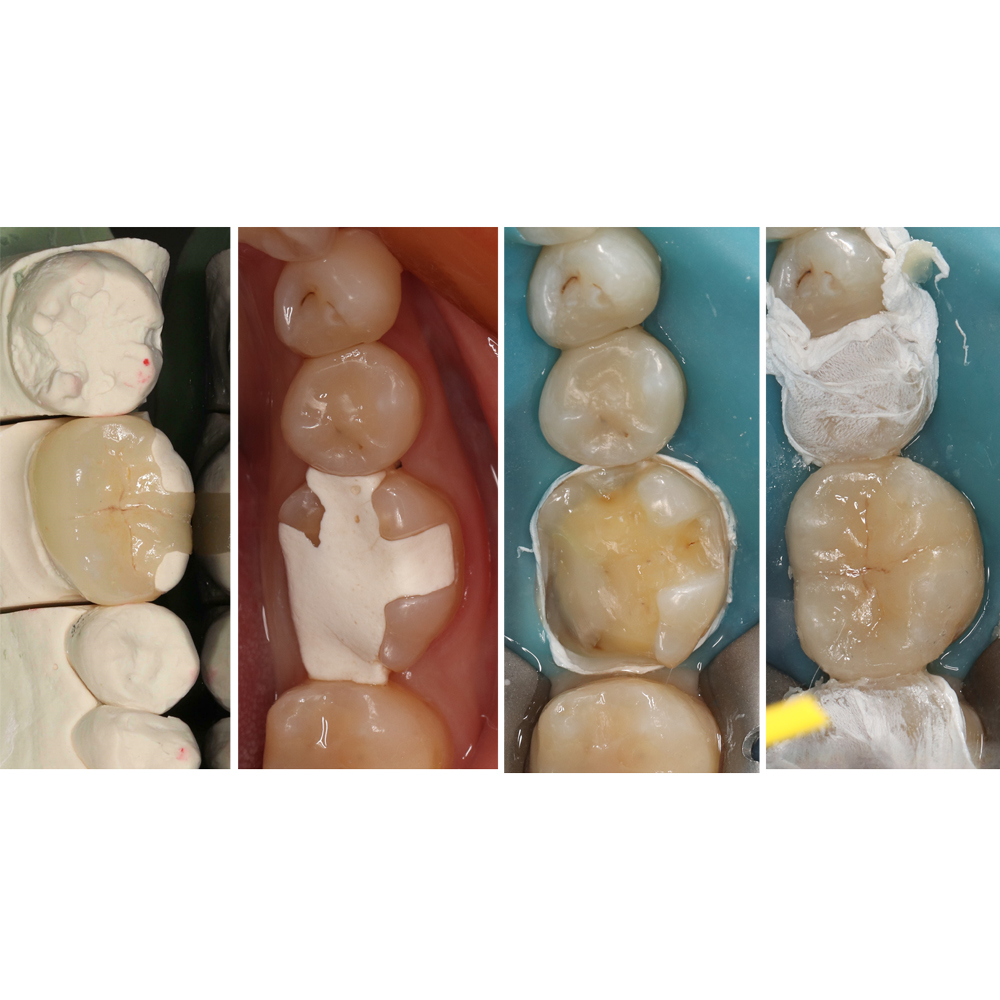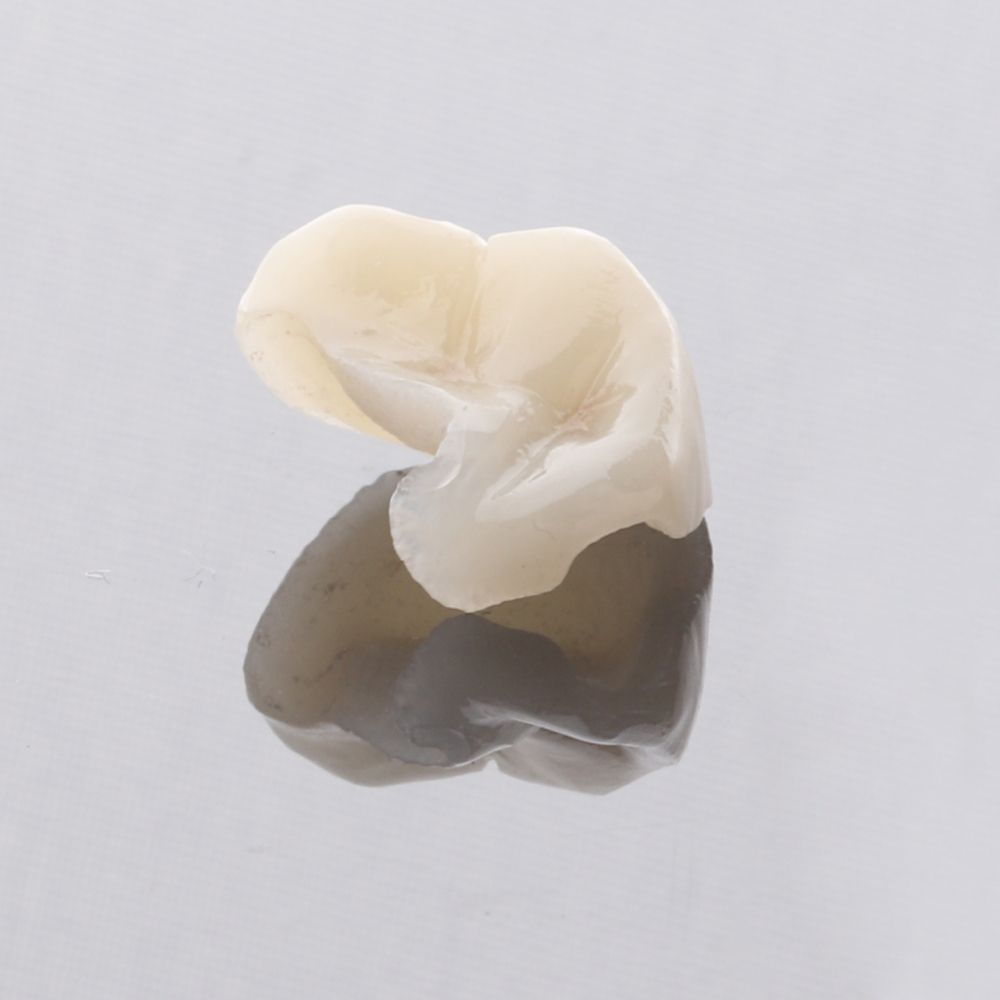Why are more and more people choosing porcelain dental implants for dental fillings? The answer is here!
Time:2025-06-27
Do you often struggle with material selection when repairing a tooth, especially a posterior tooth? Should it be sturdy and durable, beautiful and natural, and also friendly to the body? If you have these considerations, then porcelain inlay may be the 'treasure player' worth delving into.Imagine that the restored teeth are not only powerful, but also perfectly integrated into your smile, as if they have never been damaged. This is precisely the specialty of porcelain inlay. It has excellent biocompatibility and stunning aesthetic effects. As a member of the all ceramic family, it has completely bid farewell to the allergy risks that traditional metal materials may bring and coexists harmoniously with your oral tissues. Even better, the color and transparency of the porcelain can highly simulate natural enamel, and the restored teeth are naturally formed. Whether it is the front or back teeth, they can achieve a very significant aesthetic effect, making you confident and smiling.

Dental restoration is not a one-time deal, it requires long-term service in the complex environment of the oral cavity. The excellent corrosion resistance and wear resistance of porcelain inlay provide strong guarantees for this. Think about those ceramic artifacts that have weathered thousands of years and are still exquisite! Ceramic materials themselves are extremely stable and do not suffer from corrosion or discoloration over time, unlike some metal materials. At the same time, its hardness is comparable to or even higher than natural tooth enamel, able to withstand the strong force of daily chewing, durable, and accompany you for a longer time.
Everyone's tooth shape is unique. The charm of porcelain inlay lies in its ability to customize teeth for you. Dentists will accurately obtain a model of the missing part of your teeth (usually through digital intraoral scanning or traditional impressions), and then professional technicians will carefully create porcelain blocks on the model that fit perfectly with your tooth cavity. This highly personalized customization ensures a high degree of fit between the edges of the restoration and your teeth. What does edge sealing mean? It greatly reduces the risk of secondary caries caused by bacterial infiltration and also reduces the possibility of gum irritation at the edge of the restoration, which is the key to the long-term success of the restoration.

After tooth restoration, the comfort of the relationship with adjacent teeth is equally important. The adjacent surfaces of the porcelain inlay can be highly polished to form a smooth and flowing surface. This not only makes food less likely to linger and reduces cleaning difficulty, but more importantly, it can establish a good adjacent relationship with neighboring teeth - neither too tight to cause discomfort due to occlusion, nor too loose to make food easy to get stuck. This precise adjacency makes you feel as comfortable and comfortable as your own natural teeth when using it.
So, if you are looking for a dental restoration solution that can balance aesthetics, health, durability, and comfort, you may want to talk to your dentist about porcelain inlay in depth. It may be the ideal choice that can help you regain a strong, natural, and long-lasting smile. Protecting dental health starts with choosing the most suitable restoration method.

